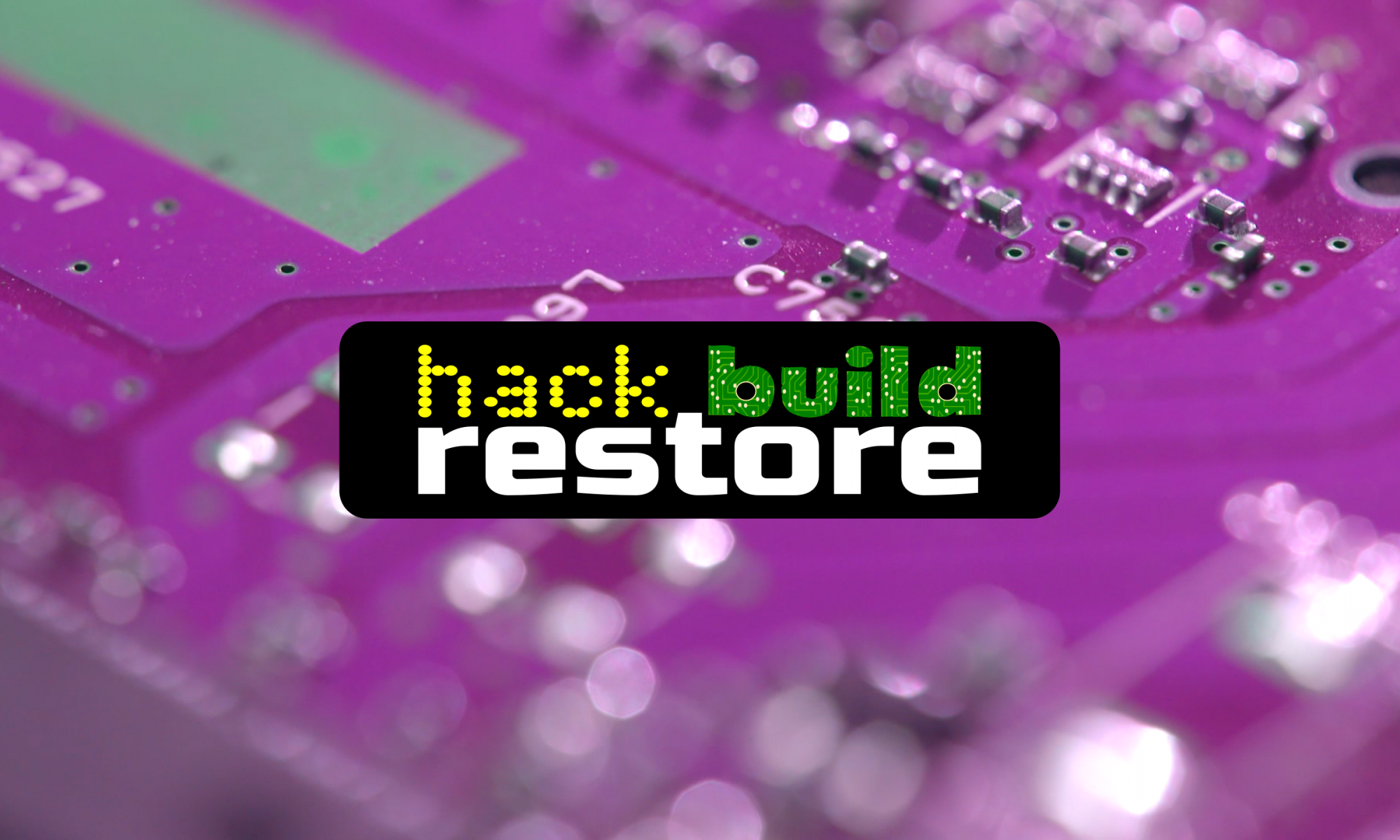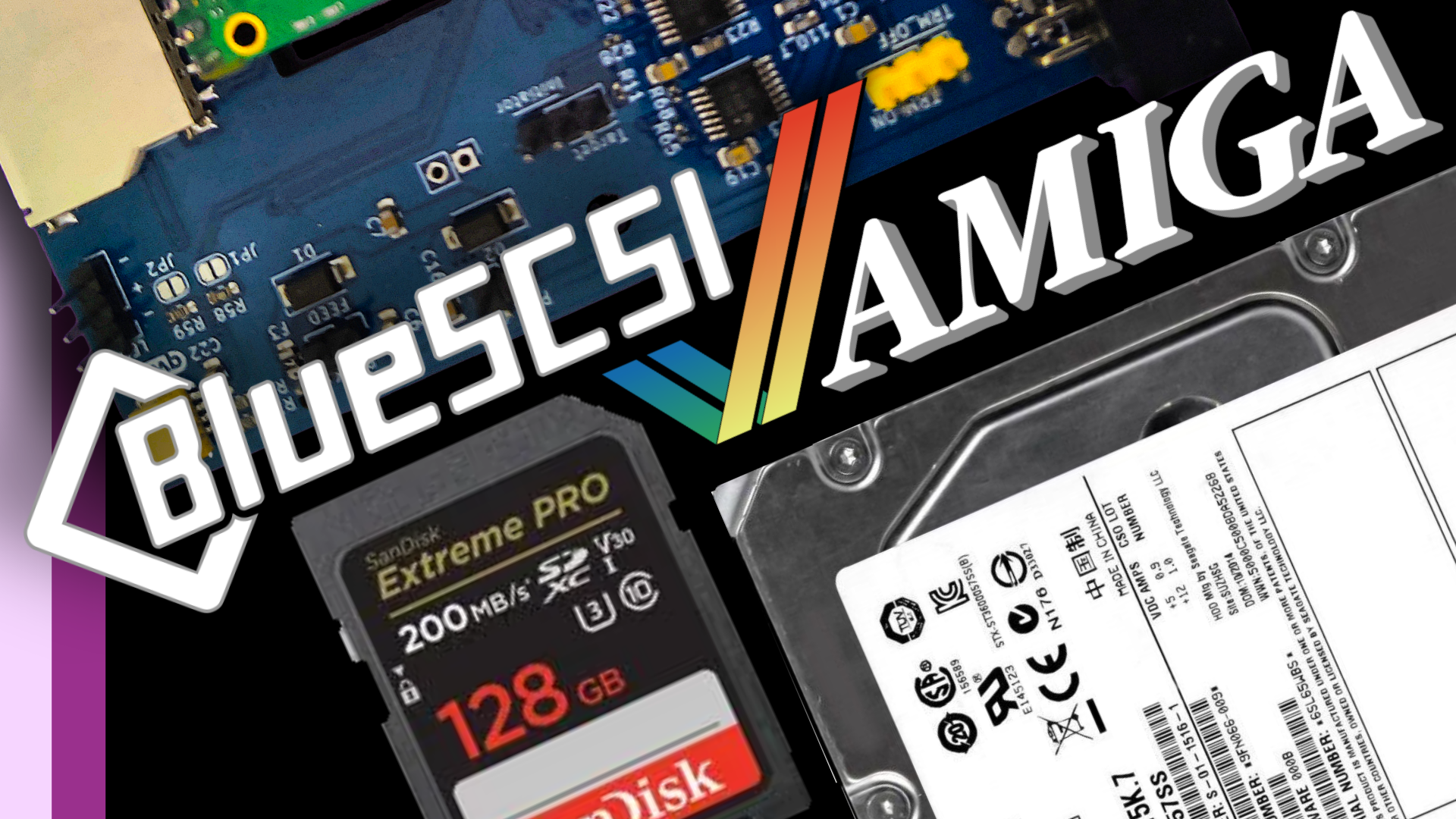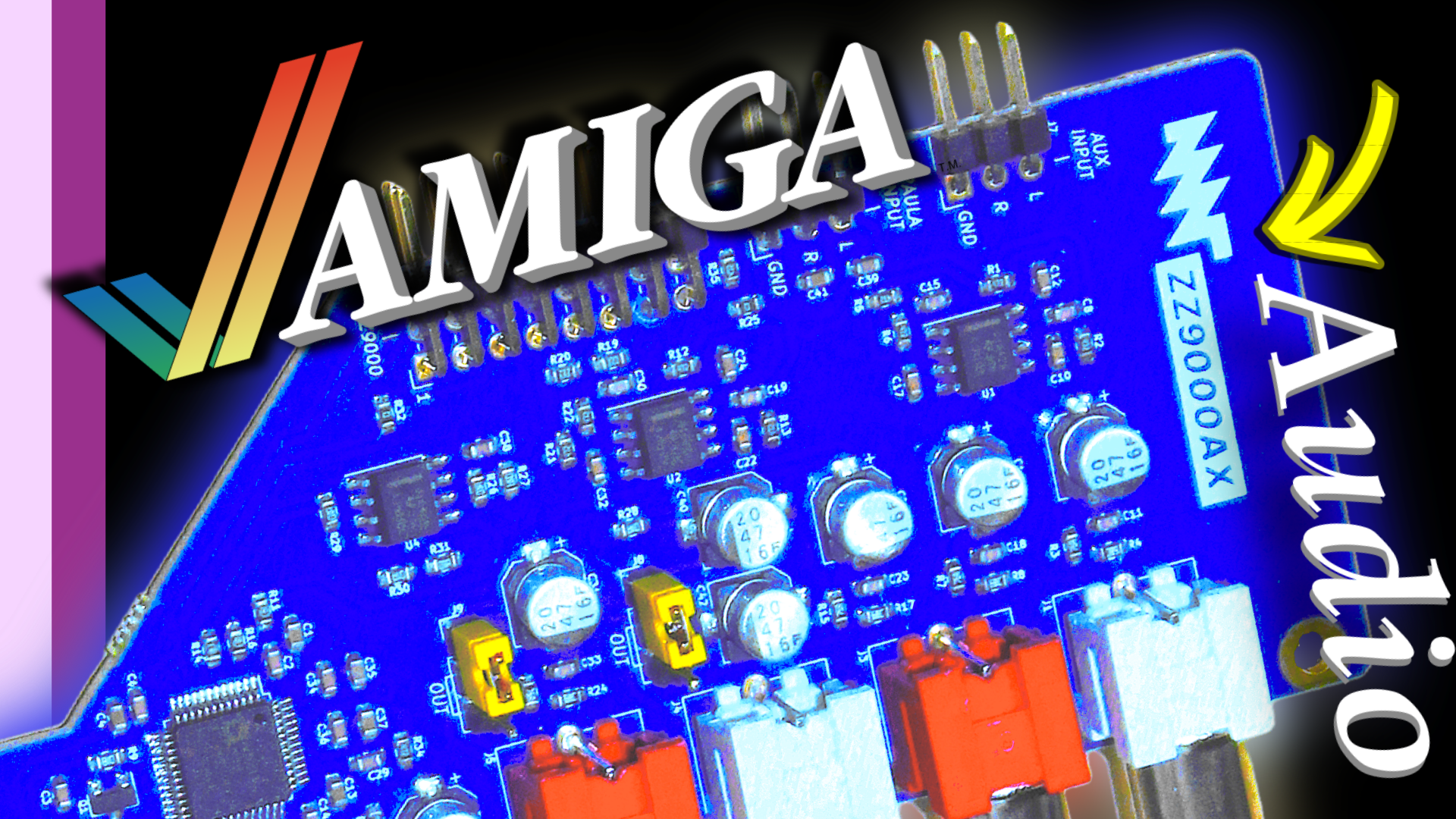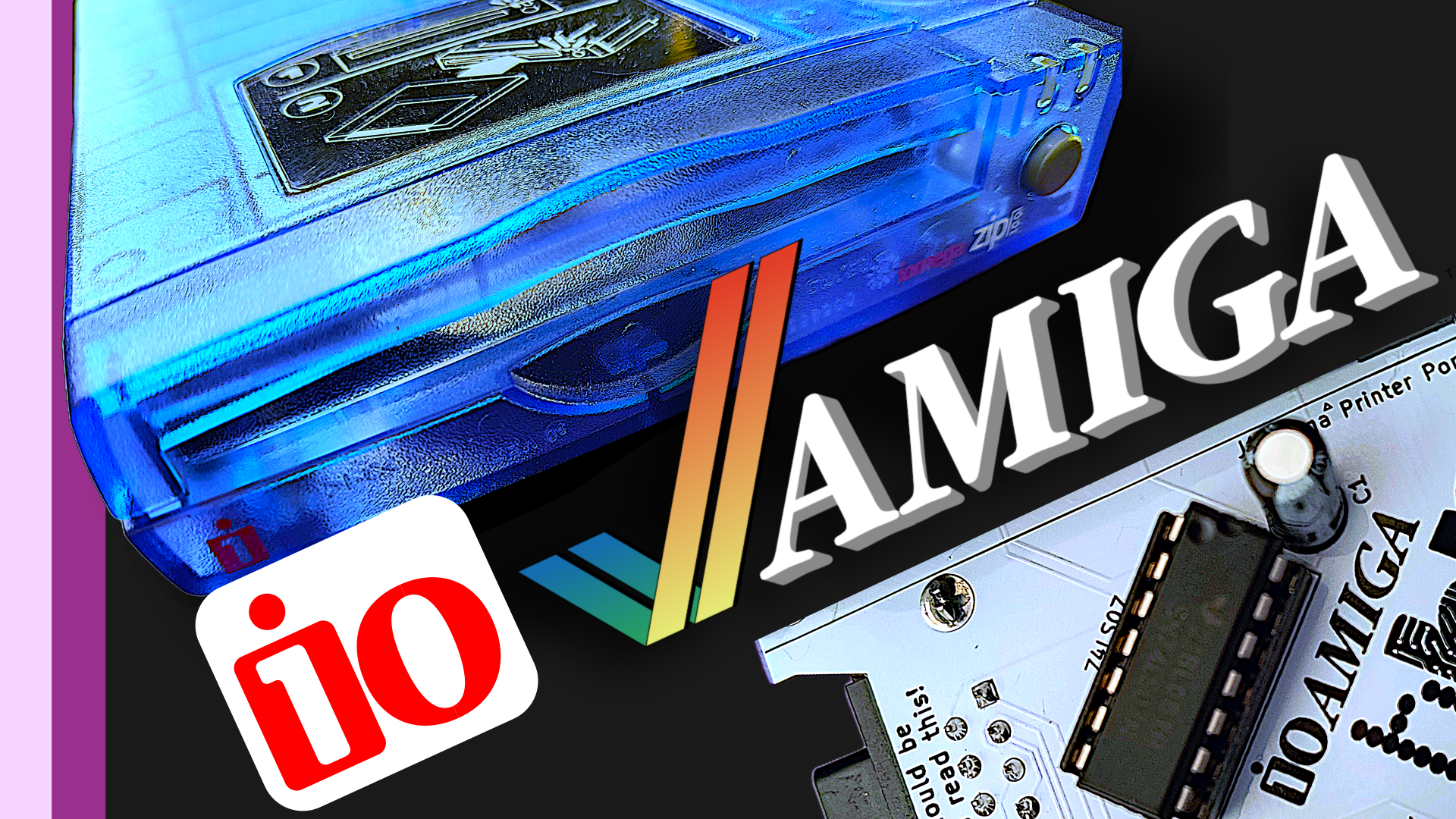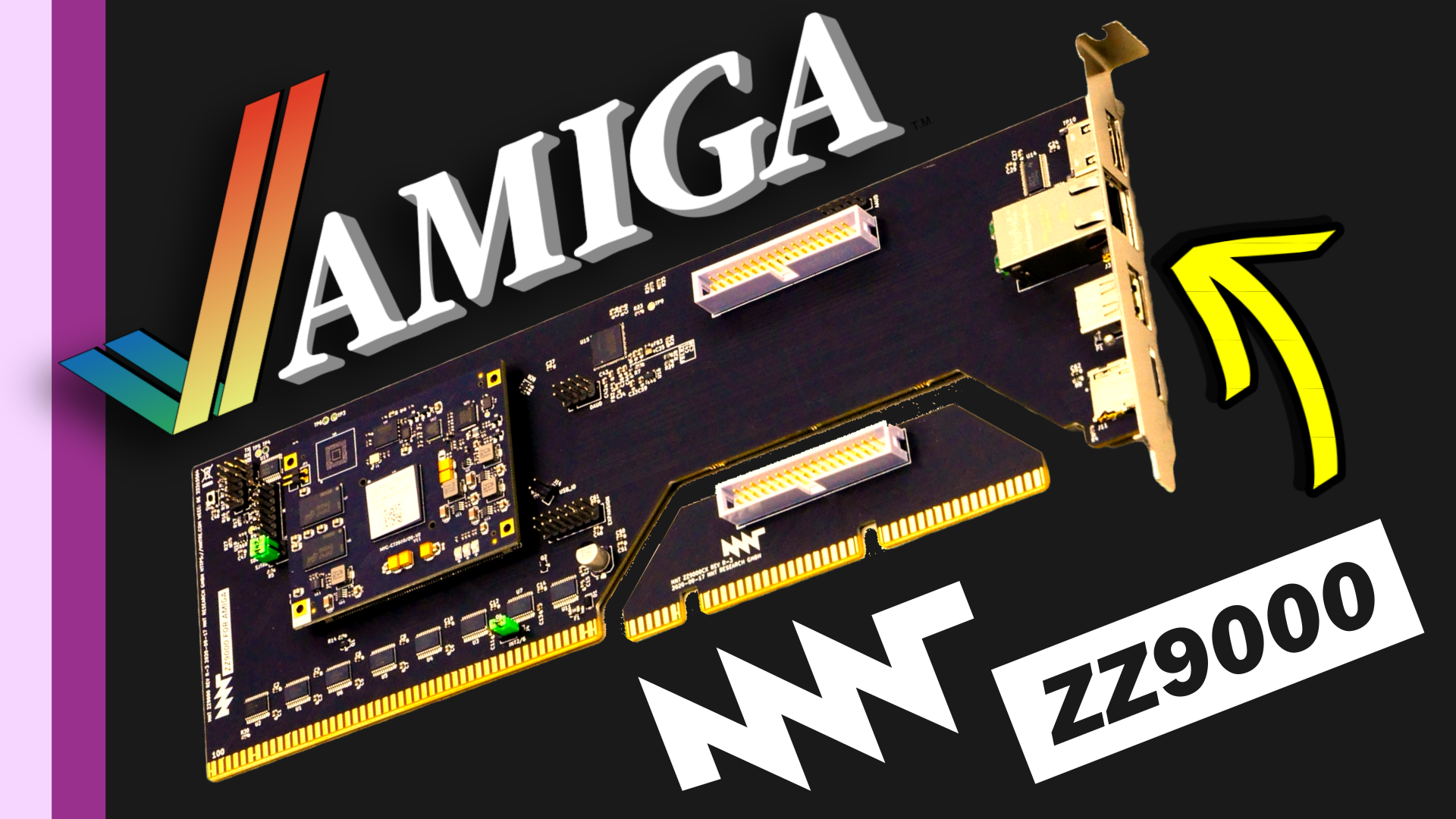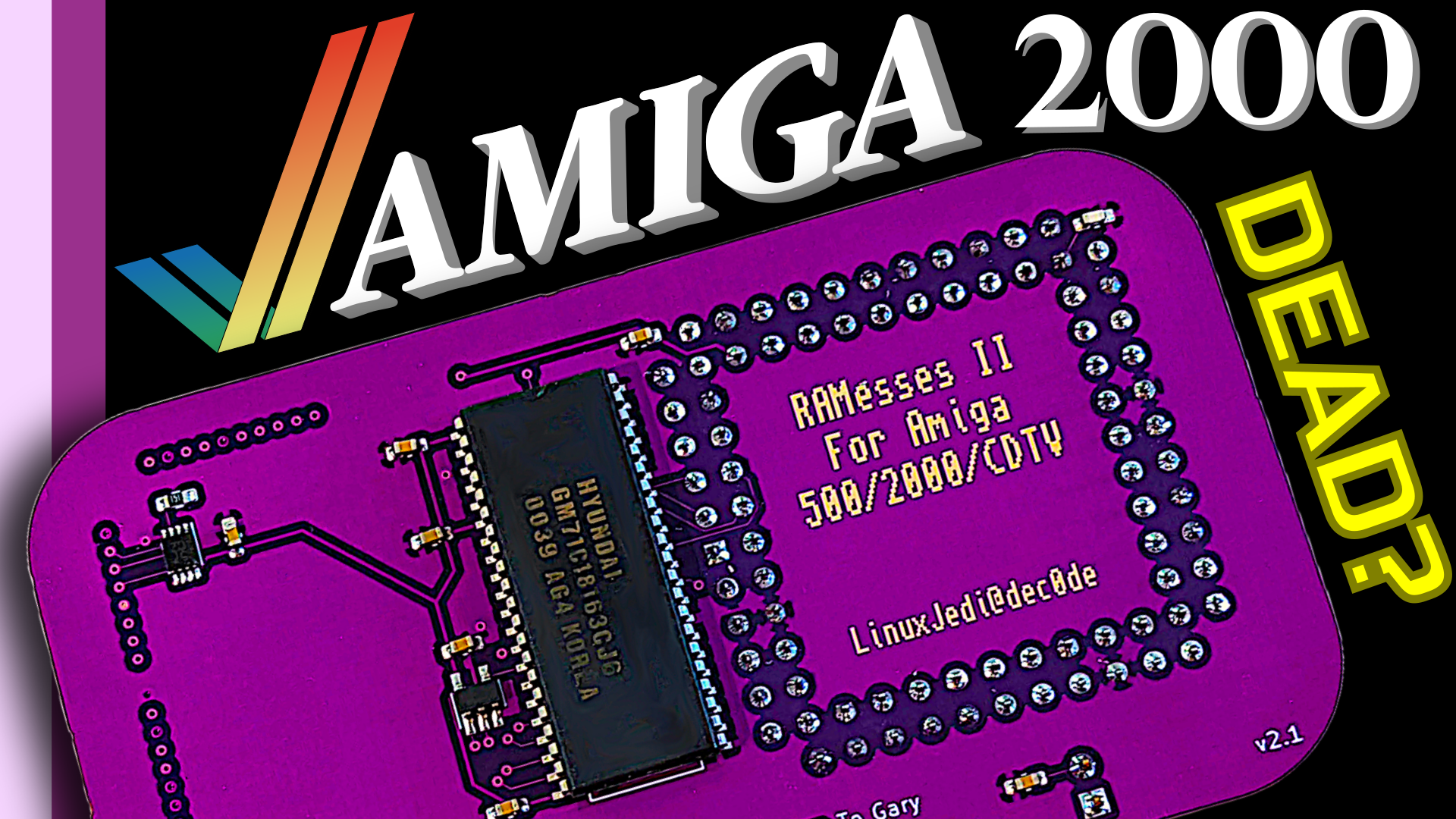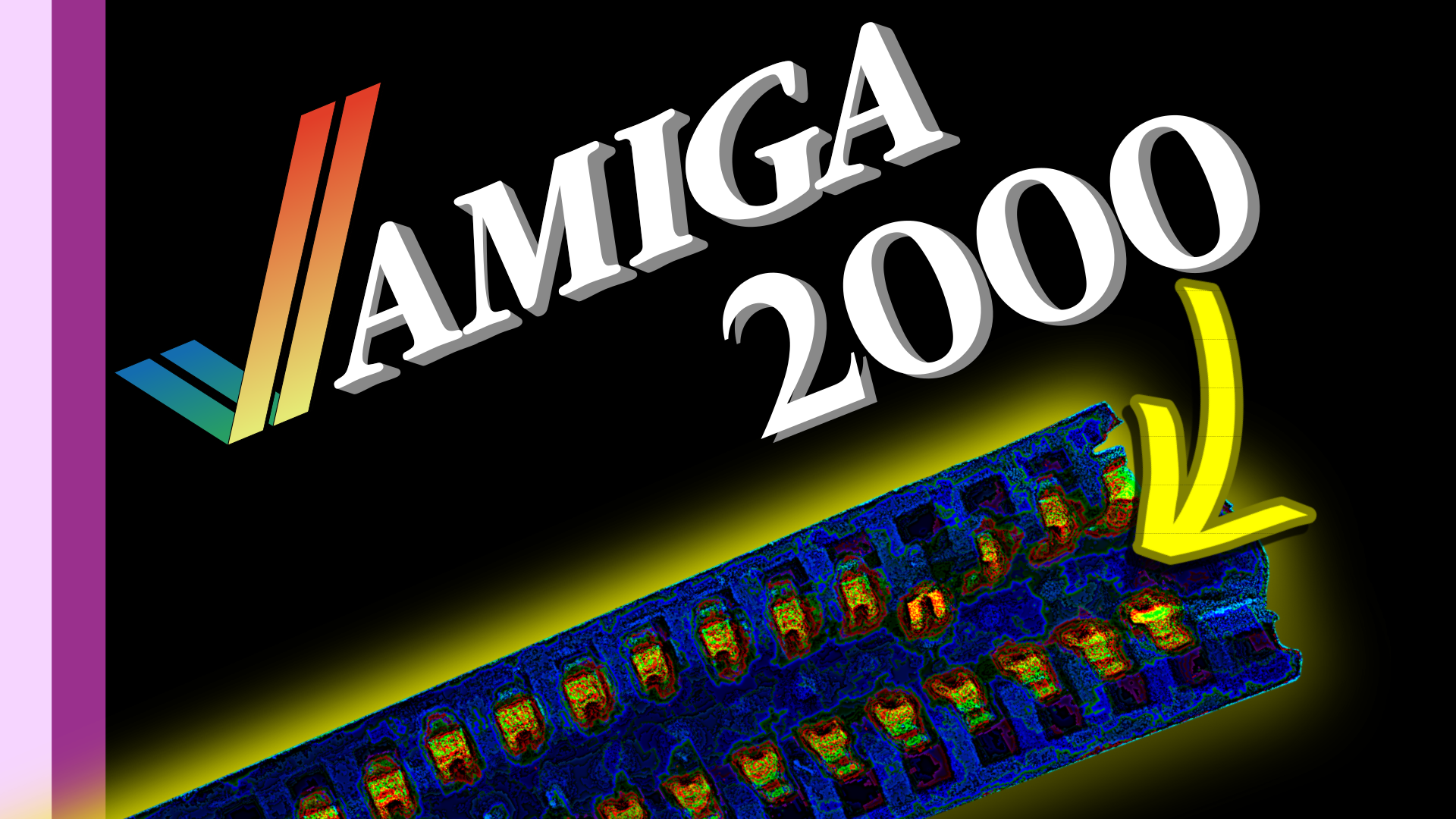As I sit down to embark on a journey into the future of vintage computer storage, I can’t help but feel a mix of excitement and trepidation. Today’s task involves upgrading my system from its traditional spinning rust drive to a more modern solution using Blue SCSI technology. Armed with determination and a bit of DIY spirit, I dive into the process.
The assembly seems straightforward, with minimal fuss required.
A quick glance at the components and a reassuring nod to the provided sticker, and I’m ready to begin. But first, a shoutout to our sponsors, PCB Way, whose support makes this venture possible.
My plan involves using turn pin wire wrap headers, a technique that seems promising. With some careful trimming and alignment, I set to work, hoping to achieve the desired outcome.
As I delve deeper into the project, I encounter some challenges. The drive from my Amiga, though beloved for its nostalgic hum, poses thermal issues incompatible with modern demands. However, armed with a 128GB SD card and determination, I press on, eager to overcome these obstacles.
With power connected and firmware updated, it’s time to create a Blue SCSI image file. A momentary setback caused by missed jumpers is swiftly rectified, and soon, the board is configured correctly.
With bated breath, I load the freshly created image into my emulation setup, and success! The system boots flawlessly, a testament to the fusion of vintage charm and modern innovation.
As I wrap up this phase of the project, I can’t help but feel a sense of accomplishment. The journey into the future of vintage computer storage has been challenging, but immensely rewarding. With one milestone achieved, I eagerly anticipate the next chapter of this technological adventure.
